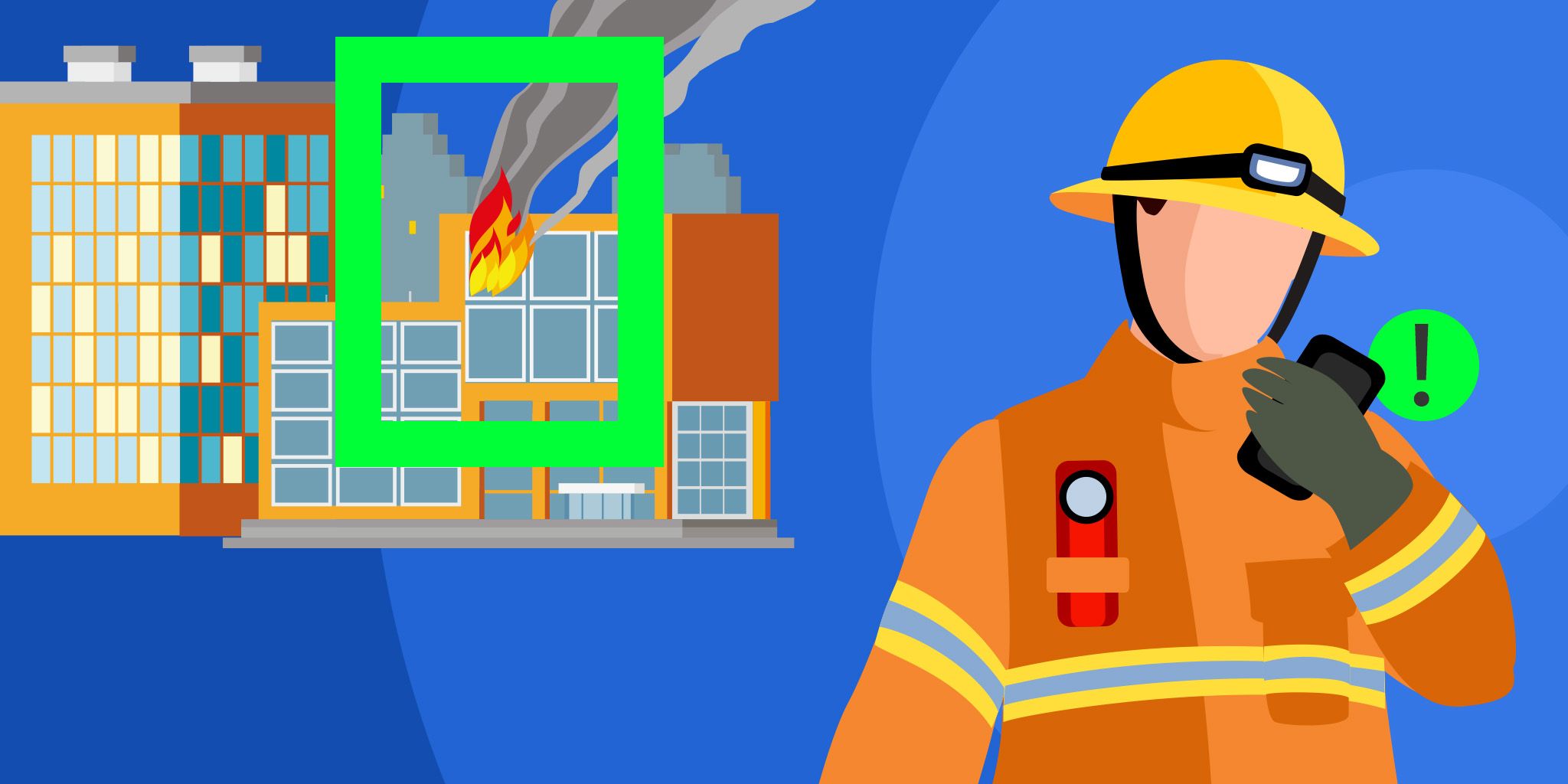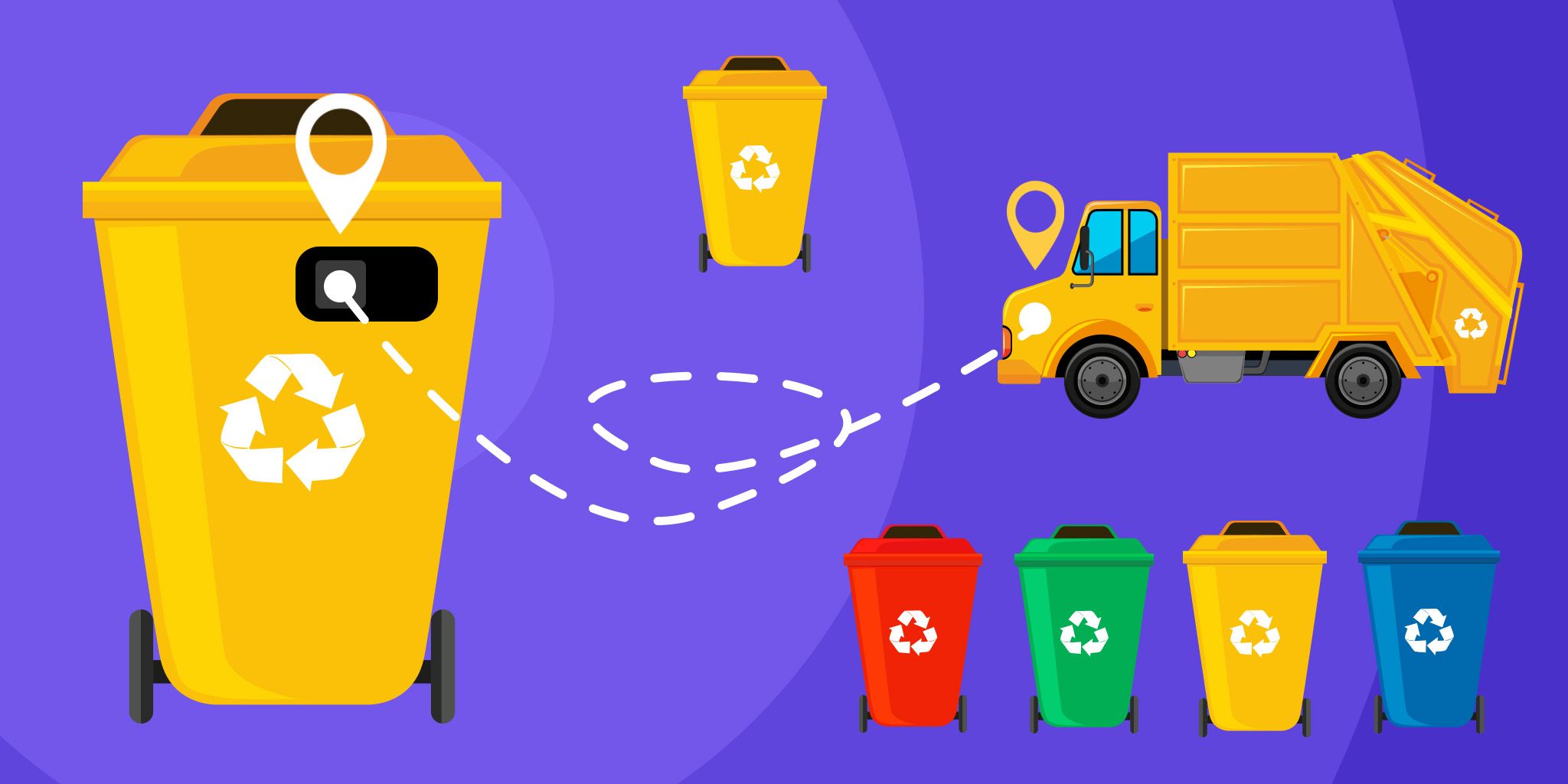Building Smarter Cities with LoRaWAN Connectivity
Building Smarter Cities with LoRaWAN Connectivity
- Last Updated: November 17, 2025
MOKO SMART
- Last Updated: November 17, 2025



As urbanization accelerates worldwide, cities face mounting challenges in managing dense populations, expanding infrastructure, and maintaining sustainability. Traditional urban planning models often struggle to address these complexities effectively. To meet the growing demands for efficiency, sustainability, and livability, cities are turning toward digital transformation — and the Internet of Things (IoT) has emerged as a key enabler.
Among IoT connectivity technologies, LoRaWAN (Long Range Wide Area Network) has proven particularly effective in creating smart city solutions. Its combination of long-range communication, low power consumption, and flexible deployment makes it a cornerstone for scalable, data-driven urban systems.
What Is LoRaWAN?
LoRaWAN is a low-power, wide-area networking protocol designed for wireless communication over long distances — often several kilometers — while consuming minimal energy. Operating on unlicensed frequency bands, it uses chirp spread spectrum (CSS) modulation to ensure strong signal penetration even in dense urban environments or underground.
The protocol employs a star topology, where end devices communicate with gateways that forward data to a centralized network server. This structure allows for high scalability, centralized management, and bi-directional communication between devices and applications.
Because LoRaWAN dynamically adapts data rates based on signal conditions, it optimizes both battery life and network efficiency, making it a practical choice for large-scale smart city deployments.
Transformative Applications of LoRaWAN in Smart Cities
The flexibility and reliability of LoRaWAN make it a foundational technology for numerous urban use cases. From transportation to public safety, LoRaWAN enables cities to collect real-time insights, automate operations, and improve quality of life for residents.
1. Smarter Traffic Flow and Population Analysis
Efficient traffic management is crucial for reducing congestion and improving mobility. LoRaWAN-enabled sensors deployed at intersections or public spaces can collect real-time data on vehicle and pedestrian flow.
In some European cities, for instance, LoRa-based solutions have been used to estimate crowd density by detecting Bluetooth signals from mobile devices in public areas such as transport hubs or shopping districts. Aggregated data transmitted through LoRaWAN networks provides urban planners with valuable insights into movement patterns, helping them optimize traffic signals, improve public transport routes, and design safer pedestrian areas.
2. Intelligent Parking Management
As vehicle numbers continue to rise, parking shortages have become a common urban problem. LoRaWAN supports smart parking systems that use low-power occupancy sensors embedded in parking spots. These sensors detect vehicle presence and transmit real-time data to centralized platforms, allowing drivers to locate available spaces quickly.
Such systems not only reduce the time spent searching for parking — and the emissions generated in the process — but also enable cities to manage parking demand dynamically, improve revenue collection, and enhance the overall user experience.
3. Public Safety and Emergency Response
LoRaWAN’s long-range coverage and independence from traditional cellular networks make it ideal for safety-critical applications. Cities can integrate LoRa-based panic buttons, emergency call systems, or wearable trackers into their safety infrastructure to ensure communication reliability even in remote or low-signal areas.
For example, in some mountainous regions where mobile connectivity is limited, municipalities have deployed LoRaWAN-based emergency buttons to safeguard schoolchildren. These devices transmit precise location data when activated, allowing authorities to respond rapidly in case of emergencies — demonstrating how LoRaWAN can directly enhance urban resilience and citizen protection.
4. Environmental Monitoring and Sustainability
Sustainability is at the heart of every smart city initiative, and environmental monitoring is one of the most impactful applications of LoRaWAN. By deploying sensors across a city, authorities can continuously track temperature, humidity, and other key parameters.
This real-time data empowers local governments to take swift, data-driven actions. Over time, these insights contribute to healthier, more sustainable urban environments.
Building the Cities of the Future
LoRaWAN has established itself as a crucial enabler of smart city innovation. Its low cost, scalability, and reliability allow municipalities to build extensive sensor networks without overburdening budgets or infrastructure.
From intelligent transportation and safety systems to environmental management, LoRaWAN technology is reshaping how cities operate — making them not only more connected but also more adaptive and sustainable.
As urbanization continues to accelerate, the integration of LoRaWAN into city ecosystems will play an increasingly vital role in building smarter, safer, and more sustainable cities for generations to come.
The Most Comprehensive IoT Newsletter for Enterprises
Showcasing the highest-quality content, resources, news, and insights from the world of the Internet of Things. Subscribe to remain informed and up-to-date.
New Podcast Episode

Industrial IoT and Connectivity
Related Articles




